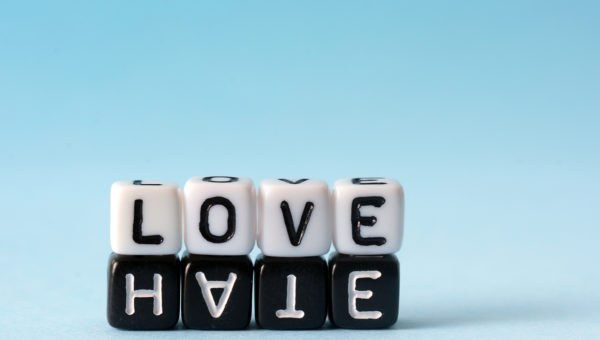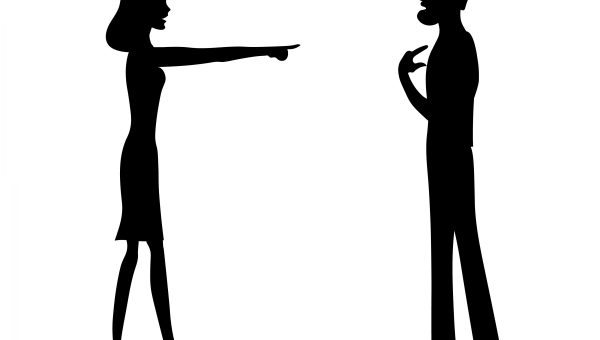Ambivalence: Psychology – the co-existence within an individual of positive and negative feelings toward the same person, object, or action, simultaneously drawing him or her in the opposite directions.
Love is anything but easy, and maintaining a relationship can take far more effort than the first few days of romantic bliss indicate. Things can become even more hectic as emotions are tugged by the inevitable formation of new relationships that can threaten a relationship. Last month I was having lunch with a friend and the topic of relationships came up. She expressed to me how difficult it was for her to decide whether to stay in her current relationship. There was a mixture of emotions that all seemed valid from my point of view. At some point in time most of us will be confronted with making an important choice: which career path to follow, where you plan to reside, friendships, etc. Or, deciding whether to stay in a relationship or leave. She was tirelessly ambivalent of “choosing” and went back and forth between choosing herself and the man she cared about.
One of the most difficult aspects of love is knowing when it’s time to throw in the towel. In my experience, there are various reasons why people have a hard time choosing, basically it reflects idealized expectations, perfectionism and a sense of loss. The problem with making one choice is that you have to give up the other possibility. Some people would rather not have to choose. Our culture does not cope well with emotional conflict when we are in need something certain.
The fear of making the wrong choice also gives way to ambivalence. We may be afraid of loss or regret if we choose “badly.” Ambivalence keeps us in the realm of ideal possibilities while actual choice leads us to the imperfect and the real.
Every situation is different and the end result is not always the same, but the following process can help guide towards a decision that you can be content with making.
Finding your way:
Many times when we find ourselves in such agonizing conflict, it is important to understand and explore the dynamics of the situation before you are emotionally ready and confident to make that decision. The first thing to do when you are having trouble deciding between two states of mind is think of the reasons for your decision, both positive and competing factors. After you have taken an inventory, now it is time to tune into your body. It’s a matter of determining—and perhaps more from the heart than the head—which values inherent in each position deserves to be given higher priority. Any personally satisfying conclusion must offer you the best possible affirmation of self.
What I think most needs to be emphasized is that even though we make a decision it will never be 100 percent resolved. This is a conflict that even I have to bear as a therapist, that decision making falls along the lines of 70/30 or 60/40. The real challenge is learning the ability to hold onto love and concern in the face of our emotions, and to bear regret without losing sight of all the genuine good. There is no such thing as a wrong or right choice – only the reality of the choice’s consequences exists.







